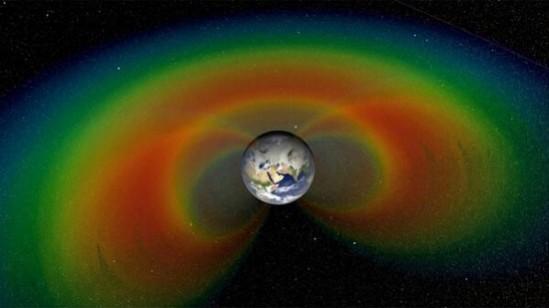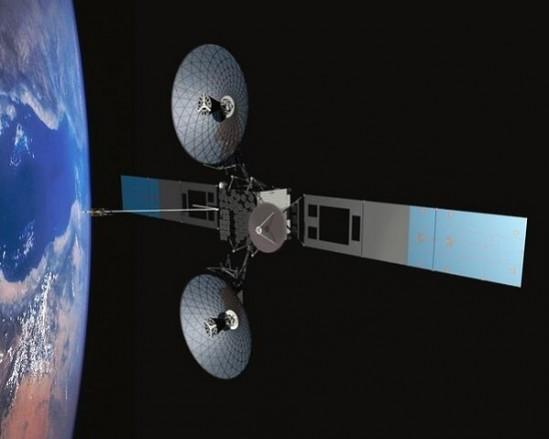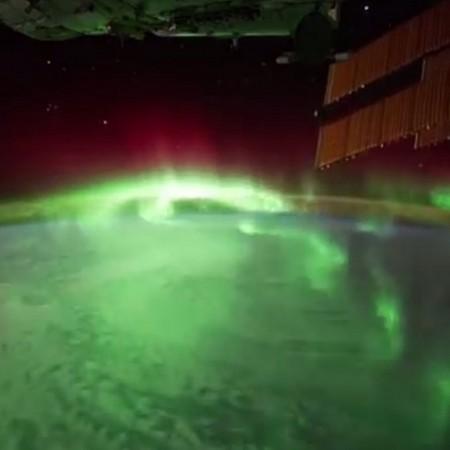NASA recently tweeted several photos that have been used by the science documentary TV series "Cosmos: A Spacetime Odyssey". The series is turning into a widely watched and hugely popular progamme.
The show, aired by Fox, is a follow-up to the popular 1980 television series "Cosmos: A Personal Voyage", hosted by Carl Sagan. It is designed to inform viewers about the various elements of the universe. Astrophysicist Neil deGrasse Tyson, who was inspired by Sagan as a young college student, is the host of the reboot.
Seth MacFarlane, creator of Family Guy, is mainly responsible for bringing the show to broadcast television and is the executive producer.
The critically acclaimed show has been given a rating of 9.5 out of 10 on IMDB. The first episode premeired in March. The show is.
Here are some of the pictures, tweeted by NASA, that was telecasted on the 12 May episode of "Cosmos":

Named after their discoverer James Van Allen, these two concentric, donut-shaped rings are filled with high-energy particles that gyrate, bounce and drift through the region, sometimes shooting down to Earth's atmosphere and sometimes escaping out into space. The radiation belts swell and shrink over time as part of a much larger space weather system, driven by energy and material that erupt off the sun's surface and fill the entire solar system.

Tracking and Data Relay Satellite (TDRS) are ground stations used by NASA for space communications. Their prime design goal was to increase the time spacecraft were in communication with the ground and improve the amount of data that could be transferred.

The dancing lights of the Aurora provide spectacular views on the ground but also capture the imagination of scientists, who study incoming energy and particles from the Sun. Aurora are one effect of such energetic particles, which can speed out from the Sun both in a steady stream called the solar wind and due to giant eruptions, known as coronal mass ejections or CMEs.
After a trip towards Earth that can last two to three days, the solar particles and magnetic fields cause the release of particles already trapped near Earth, which in turn trigger reactions in the upper atmosphere in which oxygen and nitrogen molecules release photons of light. The result: the Northern and Southern lights.
NASA's suite of heliophysics spacecraft tracks how events on the Sun affect near-Earth space, including several missions dedicated to Aurora studies. Auroras are but one symptom of a larger space weather system in which solar material and radiation can affect Earth's own magnetic environment and block radio communications, disturb onboard satellite computers, or -- at their worst - cause electrical surges in power grids.

















